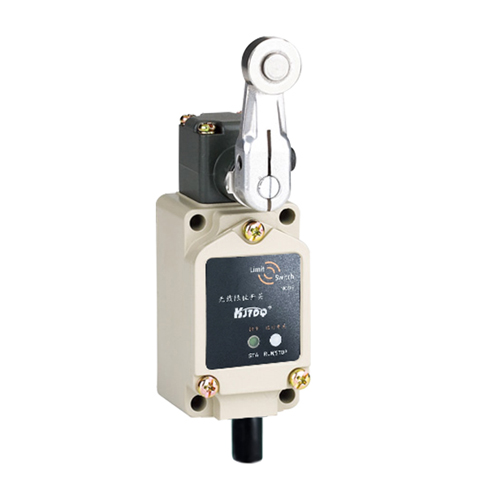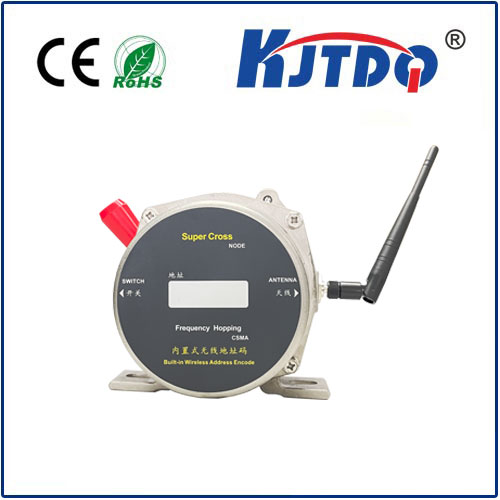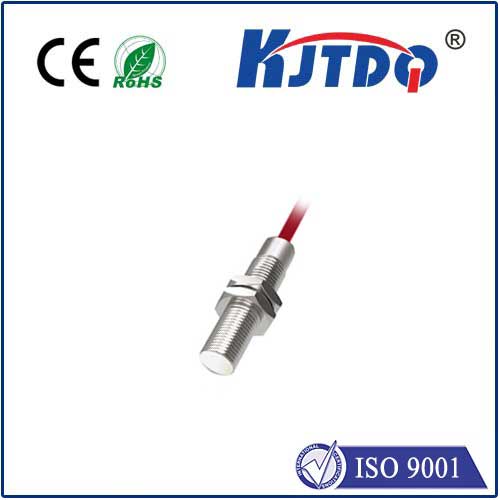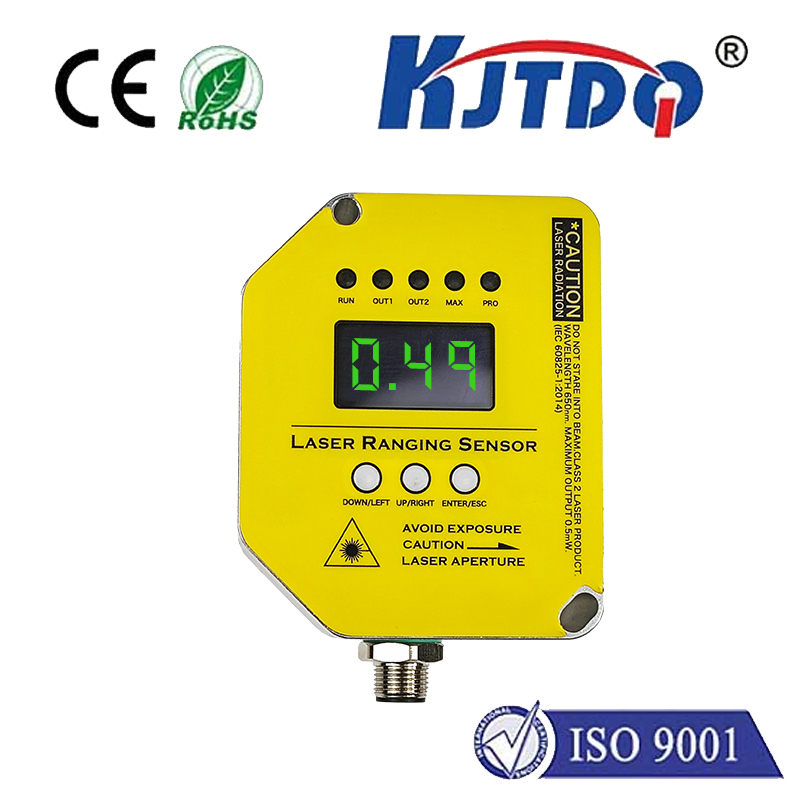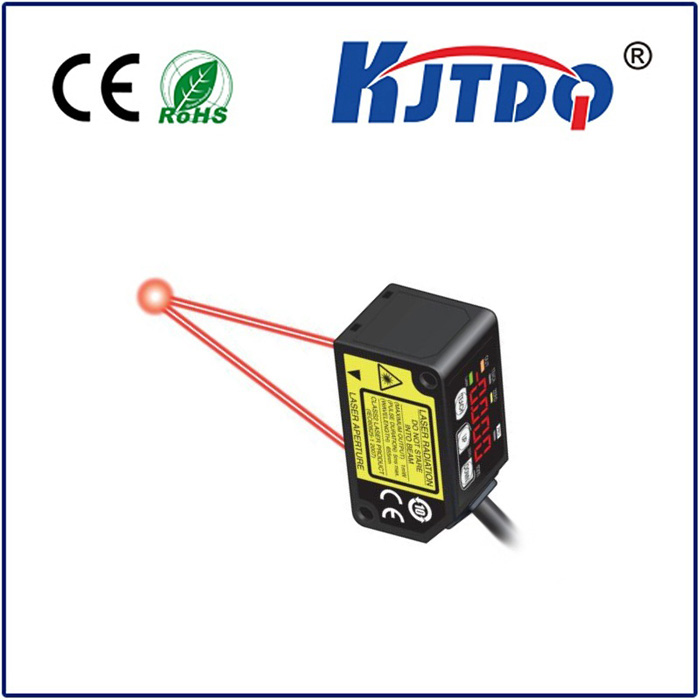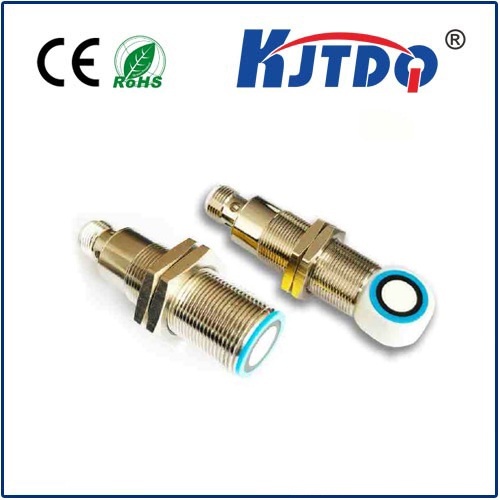jhf2314 door proximity sensor switch
- time:2025-09-09 03:25:32
- Click:0
JHF2314 Door Proximity Sensor Switch: Your Key to Effortless, Automated Access Control
Imagine approaching a door, hands full of packages, and it silently slides or swings open before you even reach for the handle. This seamless experience, commonplace in modern buildings, is often powered by a critical yet unseen component: the proximity sensor switch. Specifically designed for door applications, devices like the JHF2314 Door Proximity Sensor Switch are the unsung heroes enabling touch-free access, enhanced security, and improved accessibility. This guide delves into what this technology is, how it works with the JHF2314 as an example, and why it’s becoming essential for diverse entry points.
Demystifying the Door Proximity Sensor
At its core, a door proximity sensor switch is an electronic device that detects the presence or approach of an object (like a person) without physical contact. It acts as a trigger for automated door operators – whether sliding, swinging, or revolving doors. When someone approaches the designated sensing zone, the sensor sends an electrical signal to the door control system, initiating the opening cycle. The JHF2314 represents one specific model embodying this technology, typically designed for reliable performance in demanding access control environments.
How the JHF2314 Proximity Sensor Switch Operates

The JHF2314 Door Proximity Sensor Switch primarily utilizes inductive or capacitive sensing principles, chosen for their robustness and suitability for detecting metallic objects or the human body in close range.
- Sensing Field Generation: The sensor emits a low-energy electromagnetic field (inductive) or an electrostatic field (capacitive) around its detection face. This field defines its “sensing zone.”
- Detection: When an object (like a person) enters this pre-defined zone, it disrupts the emitted field.
- Signal Processing: The sensor’s internal circuitry detects this disturbance or change in field characteristics.
- Output Signal: Upon detection, the JHF2314 generates an electrical output signal (usually a change in state, like closing or opening a relay contact, or producing a solid-state output).
- Action Trigger: This output signal is connected to an automated door operator’s control system. Receiving the signal instructs the operator to initiate the door opening sequence.
Key Features and Advantages of the JHF2314 Model
While specific features can vary, proximity sensors like the JHF2314 Door Proximity Sensor Switch typically offer several compelling benefits for automated door systems:
- Non-Contact Detection: The primary advantage. Eliminates the need for physical push plates or buttons, promoting hygiene (crucial in hospitals, labs, food service) and reducing wear and tear on mechanical components. Touch-free access is a significant modern requirement.
- Adjustable Sensing Range: Many models, potentially including the JHF2314, allow technicians to fine-tune the detection distance. This ensures reliable triggering without premature or delayed activation.
- High Reliability & Durability: Designed for continuous operation in indoor and sometimes sheltered outdoor environments. They are typically resistant to environmental factors like dust, moisture (within specified IP ratings), and minor vibrations common near doors. Solid-state designs often ensure long operational life.
- Fast Response Time: Provides near-instantaneous detection, enabling smooth and timely door opening as users approach.
- Enhanced Safety & Accessibility: Facilitates easy access for individuals with disabilities, those using mobility aids like wheelchairs, or anyone with their hands occupied. Contributes to safer evacuation routes.
- Discreet Integration: Often features a compact, low-profile design allowing for clean, unobtrusive installation above or beside doorways, maintaining architectural aesthetics.
- Low Power Consumption: Modern sensors are highly energy-efficient, minimizing operating costs.
Essential Applications for Reliable Proximity Sensing
The JHF2314 Door Proximity Sensor Switch finds its place wherever automated, hands-free door operation is desired:
- Retail Entrances: Supermarkets, malls, and shops utilize them to welcome customers effortlessly and manage high traffic flow.
- Commercial Buildings: Office lobbies, conference rooms, and restroom doors benefit from touch-free operation.
- Healthcare Facilities: Hospitals, clinics, and laboratories prioritize hygiene, making proximity sensors vital for doorways, especially to sterile areas or patient rooms.
- Hospitality: Hotels and restaurants enhance guest convenience and modernize entrances and key internal doors.
- Accessibility Points: Essential for ensuring barrier-free access in public buildings, complying with regulations.
- Industrial Settings: Warehouses and factories use them on doors where operators may have hands full or require quick access.
Selecting and Installing a Door Proximity Sensor: Considerations
When choosing a sensor like the JHF2314 Door Proximity Sensor Switch, consider:
- Compatibility: Ensure it works seamlessly with the voltage and input requirements of your existing or planned automated door operator.
- Sensing Range & Adjustment: Verify the range meets your needs (e.g., distance from door) and that adjustment is possible.
- Environmental Rating (IP): Match the IP rating (e.g., IP54, IP65) to the installation environment (indoor, outdoor, potential splashes).
- Mounting Requirements: Consider the optimal location (overhead, side-mount) and ensure the mounting hardware is suitable for the door frame material.
- Output Type: Determine if a relay contact (dry contact) or solid-state (transistor) output is required for your door operator controller.
- Detection Pattern: Understand the sensor’s field pattern (e.g., conical, cylindrical) to ensure it covers the intended approach path effectively. Precise positioning during installation is critical for reliable performance.
The Takeaway: Embracing Smart, Contactless Entry
The JHF2314 Door Proximity Sensor Switch exemplifies the technology transforming how we interact with doors. By providing reliable, touch-free detection, it drives the automation that defines modern, user-friendly, and hygienic access points. Integrating such a sensor streamlines movement, improves accessibility, enhances security management, and contributes to a more efficient and contemporary building environment. Understanding its function and benefits empowers facility managers, installers, and architects to make informed decisions for seamless automated door solutions.






